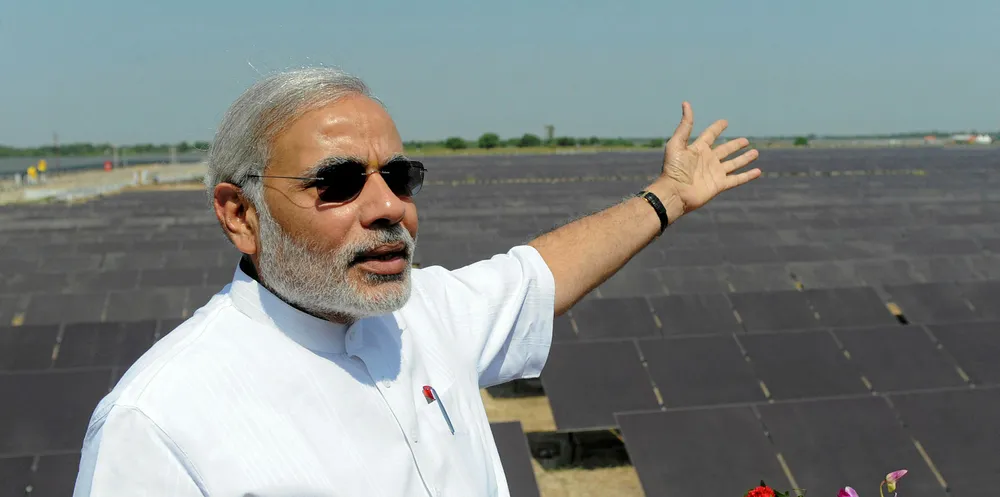'Highly dissatisfied' Indian lawmakers slam renewable energy ministry as target miss looms
Parliamentary committee says Ministry of New and Renewable Energy must tackle shortcomings in damning report

Parliamentary committee says Ministry of New and Renewable Energy must tackle shortcomings in damning report
